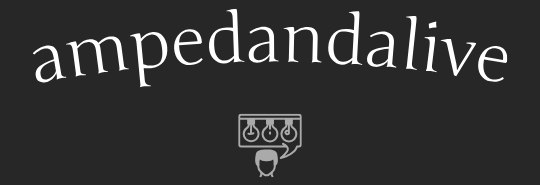Exploring the Depths of 5 Visual Arts
Visual arts have always been a window into the soul of humanity, a canvas where emotions, ideas, and stories come alive in vibrant colors and captivating forms. In this exploration, we delve into five distinct genres of visual arts, each offering a unique lens through which to view the world and the human experience.
Abstract Expressionism: The Language of Emotion
Abstract Expressionism, with its bold strokes, dynamic colors, and expressive forms, is a realm where emotions take center stage. Artists in this genre, such as Jackson Pollock and Willem de Kooning, use their canvases as emotional landscapes, inviting viewers to feel rather than analyze. The abstracted shapes and splatters of paint evoke a raw, visceral response, challenging us to connect with the artist’s innermost feelings.
Realism: Capturing Life’s Intricacies
On the other end of the spectrum lies Realism, a genre devoted to depicting the world as it is, with meticulous attention to detail and accuracy. Artists like Gustave Courbet and Edward Hopper are masters of this form, creating paintings that seem to freeze moments of everyday life in time. From the wrinkles on a face to the play of light on a surface, Realism invites us to see the beauty and complexity of the ordinary.
Impressionism: A Glimpse of Transience
Impressionism, with its emphasis on capturing fleeting moments and the play of light, offers a glimpse into the ephemeral nature of existence. Artists such as Claude Monet and Edgar Degas often painted en plein air, immersing themselves in nature to capture its ever-changing essence. The loose brushwork and emphasis on atmosphere create paintings that feel alive, as if they are moments caught in a passing breeze.
Sculpting the Soul: Exploring Figurative Art
Figurative art, whether in painting or sculpture, is a celebration of the human form and the stories it holds. Sculptors like Auguste Rodin and Alberto Giacometti breathe life into clay and bronze, shaping figures that seem to pulse with emotion and movement. Through these sculptures, we encounter the joys, sorrows, and complexities of the human condition, immortalized in stone and metal.
Photorealism: The Illusion of Reality
Photorealism takes the art of painting to new heights, creating works that are so lifelike they could be mistaken for photographs. Artists like Chuck Close and Richard Estes meticulously render every detail, from the pores on a skin to the reflections in a glass window. The result is a hyper-realistic depiction of reality that challenges our perception and invites us to question what we see.
Each of these genres offers a unique perspective on the world and the human experience. Whether it’s the raw emotion of Abstract Expressionism, the precise observation of Realism, the fleeting moments of Impressionism, the soulful sculptures of Figurative Art, or the hyper-realism of Photorealism, visual arts continue to be a powerful medium for exploration and expression.
As we journey through these genres, we are reminded of the vastness of human creativity and the endless ways in which we can interpret and understand the world around us. So next time you stand before a painting or sculpture, take a moment to immerse yourself in its world, to feel its emotions, and to see the world through the eyes of the artist. Read more about 5 visual arts

